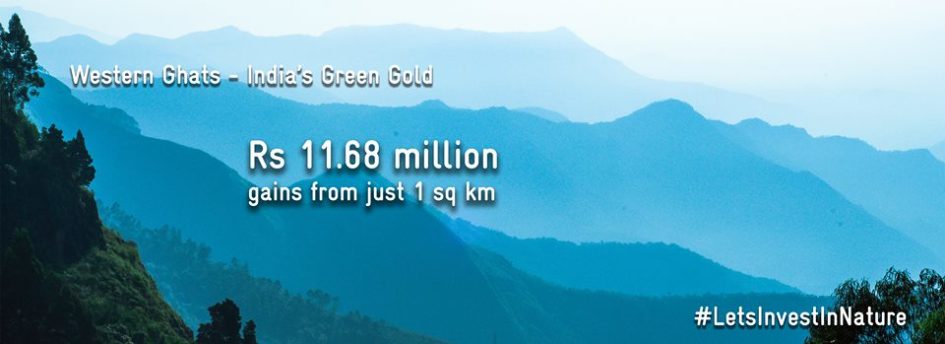Shubhangi Singh: Do you ever relate the health of a forest directly with the well being of your family? A passing thought of this might, perhaps, make it’s way in and out of our consciousness as we drift through yet another article in an alternate media blog illustrating how acres of forests are flattened (legally or illegally) in the name of development. But how often do we really understand the proximity of this crisis to our own individual existence and equate the fallen trees to that wheezing cough that never goes away? Well, there is a green treasure much closer home that has, for decades, served as an insulator against all our human activities, but this benevolent cover is now fast depleting, leaving us exposed to consequences of our own actions that we do not yet have devices to combat.
Spread across 6 states— across Gujarat, Maharashtra, Goa, Karnataka, Tamil Nadu and Kerala— the forests in the Western Ghats are the water towers of Peninsular India. As many as 58 major rivers originate in the Western Ghats, including the sacred Godavari, Cauvery and Krishna rivers. While these Ghats sustain about 50 million people, they are also home to about 4,000 species of flowering plants, 645 species of evergreen trees, about 120 species of mammals, 500 species of birds and many more in reptiles, butterflies and fishes that all live off the resources found in these very forests. These forests truly are a treasure chest of life in every shape, size and form. This incredibly large shelter, has the capacity to self-sustain and self-regulate itself, if not fidgeted with too much. Unfortunately, the forests are not what they once used to be. With an increase in human activity and urbanisation, a whopping 40% of the original forests are lost in Karnataka, Kerala and Tamil Nadu. But what really is at stake here?
To understand the worth of the forests in our Western Ghats, experts from the Indian Institute of Science (Bangaluru) and Indian Institute of Technology (Mumbai) visited the forests and studied the villages in the Uttara Kannada district of Karnataka. The results of these findings are astounding. The Annual value of just one sq. km. of forest in Uttara Kannada provides close to ₹ 7.38 million worth of timber, about ₹ 1.1 million worth of fuelwood and ₹ 3.2 million worth of edible and medicinal plants and fruits. To add to that, the recreational benefits from Dandeli and Anshi protected areas– a tiger reserve– is worth about ₹ 11.37 billion. Not to be forgotten here is the benefit from carbon sequestration in Uttara Kannada district alone, amounting to ₹ 7.56 billion annually. These air purifying benefits are, invariably, further passed on to the global community. If all these benefits are just from a portion of the forest, then can one imagine the value of over 129,000 sq km of the Western Ghats!
Putting an economic value on goods and services silently provided by these giant forests will aid in their conservation. Economic valuation is a powerful tool to advocate and champion conservation of the Western Ghats, it helps us to imagine the sheer opulence in terms of the resources these forests have the capacity of birth, to hold and give, many of which, also happen to be renewable!
Considering human lives are tightly inter-woven with the ecosystem, If we don’t recognise these values of the Western Ghats forests in our infrastructure or our developmental projects planning, we are likely to make choices that will be detrimental to human lives. The Western Ghats are, and should be, treated as an indispensable natural capital and must be protected for, not only the present, but also our future generations to co-exist with. This article could be treated like yet another text to drift in and out of, or could be used to cement our solidarity towards action that could aid our own survival and that of all those who depend on these Mighty Western Ghats.

